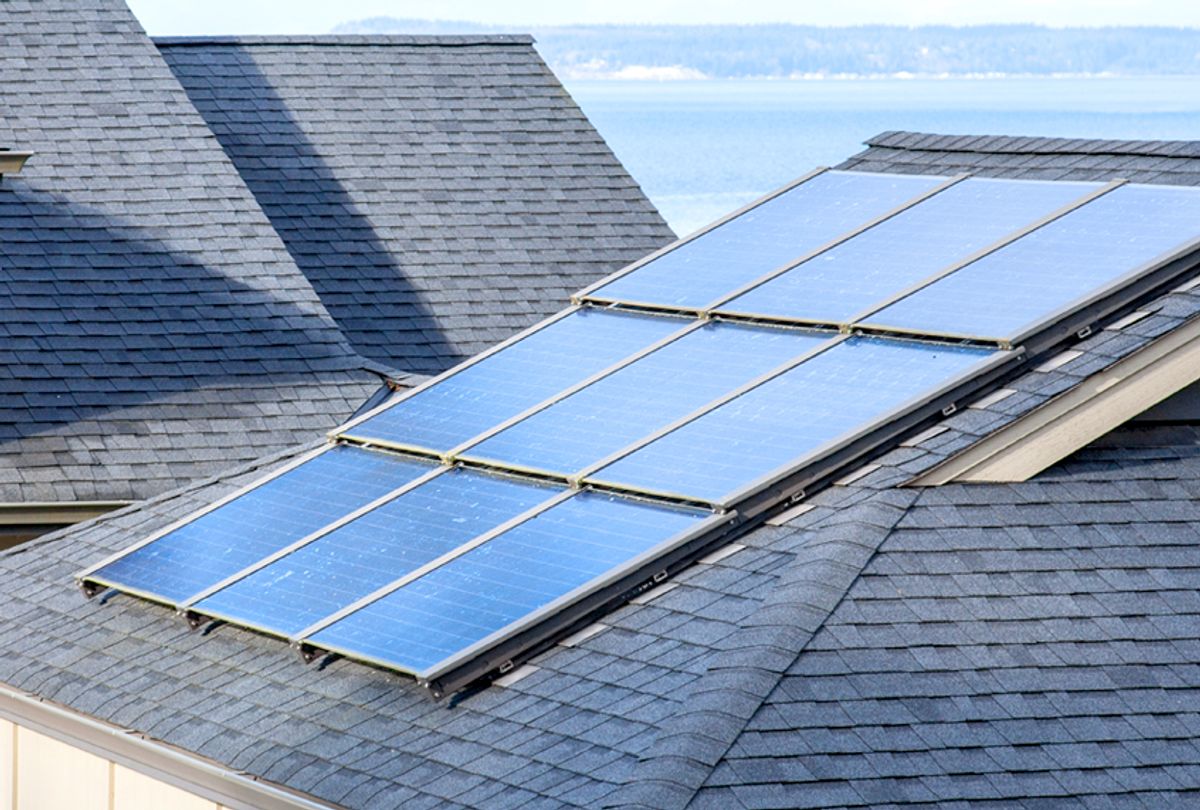The workers building the 200-megawatt Rambler Solar Project in Tom Green County, Texas, had hit their stride when the pandemic struck. Pile drivers smoothly sunk I-beams into the ground. A team attached rotating racks that followed the course of the sun across the sky. Next, a crew bolted in solar panels, followed by a group of electricians that wired everything together. All that halted when some of the project's 300 workers tested positive for COVID-19 in the spring of 2020.
But just a week later, the workers were back, and by August 2020 that project was generating enough electricity to power more than 32,000 homes. "There were a few more hurdles and things to dodge along the way, but the team did such a great job," said Matt Johnson, general manager of engineering for Duke Energy Sustainable Solutions.
Despite the pandemic, the United States built more utility-scale solar power plants in 2020 than any other year, with Texas leading the way. All those new solar plants added up to 9.6 gigawatts of renewable energy added to the U.S. power grid, bringing the nation's total solar capacity to 48 gigawatts. That's enough to allow further retirements in the nation's coal fleet, which had 223 gigawatts of capacity in 2020.
The solar industry released its own numbers heralding the banner year back in March. Now, scientists at Lawrence Berkeley National Laboratory have confirmed the record and zeroed in on the details in a new report. If not for the global pandemic, the numbers would have been even higher, said Mark Bolinger, a research scientist at Berkeley Lab and one of the authors of the report. But the numbers are still impressive.
"It's hard to know the counterfactual, perhaps without the pandemic it would have been a lot more extraordinary," Bolinger said. "Some of those projects got bumped into 2021 or 2022. But it still ended up being a record year."
In the thick of the outbreak, solar construction took a hit. "State-level quarantine orders have severely hampered sales, permitting, and construction of projects in the near-term," Austin Perea, a Wood Mackenzie analyst, said back in June 2020. But these big solar projects take years to plan and build, and the slowdown only put a minor break on the momentum.
Developers had already lined up a packed slate of installations for 2020 to take advantage of a federal tax credit for solar energy that was due to end that December. Congress decided to extend the credit at a lower rate, ramping down through 2024, "but everyone already had a 2020 target date," Bolinger said.
Before 2017, California was putting up the lion's share of solar projects. But in recent years Texas has become the leader. In 2020, the state installed enough solar panels to generate 2.5 gigawatts of electricity under full sun, while Florida and California each built 1.6 gigawatts of utility-scale solar. Fewer projects are going up in California because panels are flooding the grid with electricity when the sun is shining. "There is so much solar generating during the day that it's pushing prices down," Bolinger said. That means it's harder for each new solar plant in California to make a profit. There's an opportunity now for people to build batteries with solar plants, and hold energy until the sun goes down and prices go up. And in just about every other part of the country, solar is still "very valuable," Bolinger said.
The new Berkeley Lab report focuses exclusively on projects bigger than 5 megawatts. The U.S. Energy Information Administration estimates that enough solar panels to generate another 5.1 gigawatts of electricity went up on homes, businesses, and in smaller projects in 2020.
The sun still provides just 2.3 percent of electricity in the United States, but that number gets bigger each month. If solar growth rates continue, just about every year from here on out could be a record year.




Shares